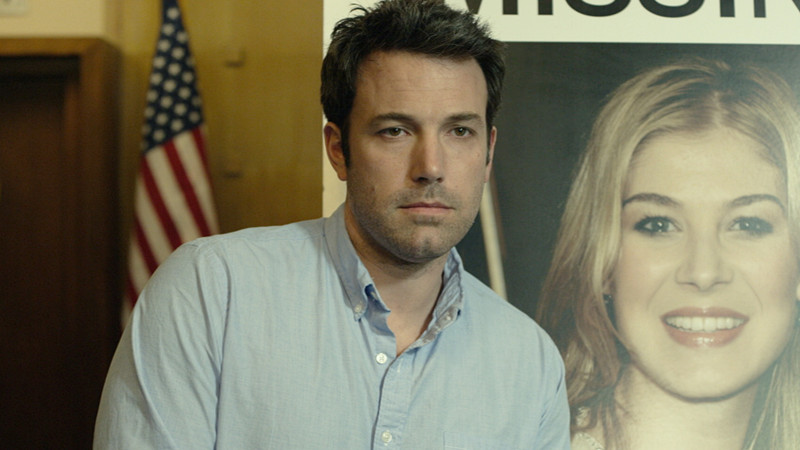
Adaptations have been popular in cinema, ever since Georges Méliès’s version of Cinderella came out in 1899. It’s only natural given the literary nature of films that adaptations occur.
These are the films that rival their source material in terms of quality by utilizing the art of filmmaking to the narrative’s benefit, creating either an entirely new piece of art, or by presenting an existing piece so well that it becomes more accessible to viewers.
1. The Godfather (Coppola, 1972)
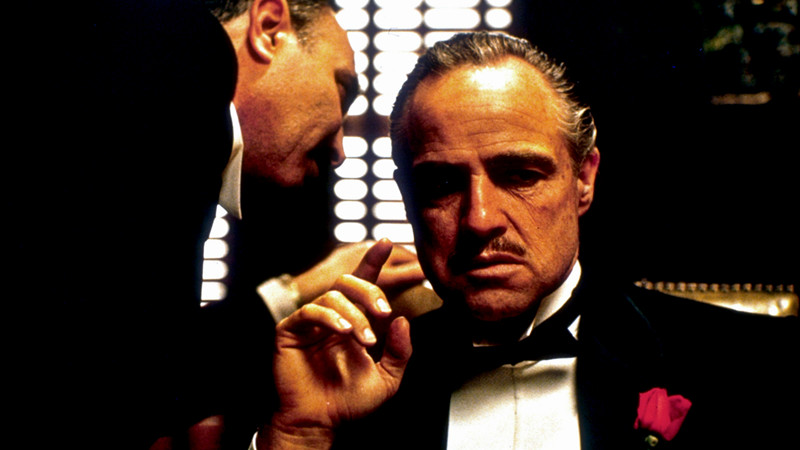
Mario Puzo’s novel, The Godfather, is an incredible story, following the rise and fall of a patriarch while simultaneously telling the story of a man forced into a role he doesn’t want to take on. It’s a rich text with many idiosyncrasies that make it one of the most unique and intriguing tales of crime ever written.
Coppola not only brought the incredible depth, plot, and grotesque beauty from the novel to the screen, he also created something wholly incredible and inimitable in the film itself. Coppola’s The Godfather is far more than just a film adaptation of an incredible novel, it’s a film that took risks and chances on its own.
Take the presentation of the narrative for instance: did Coppola need to have his film lit the way it was – a heavy focus on blacks and oranges, lots of heads swimming in a black backdrop, and further? No, the novel didn’t call for that in any way. But Coppola’s doing so created a certain texture to the film that was wholly original and, now, is a commonly used lighting setup in modern cinema.
The casting of Marlon Brando is another perfect example – for those who read the novel, Marlon Brando was probably not the first image that popped into their heads, but not it’s impossible to divorce the image of Marlon Brando from Don Corleone.
The main point here is that the film took its source material and expanded it in a wholly unique way, creating an incredible piece of art that could stand on its own without necessitating its source material.
2. A Clockwork Orange (Kubrick, 1971)
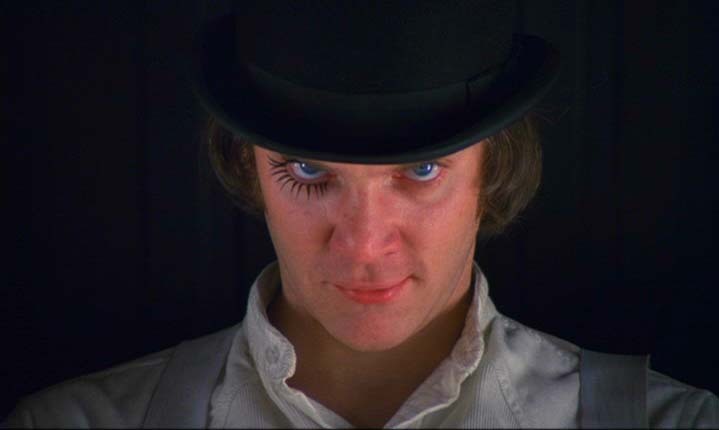
Anthony Burgess famously dismissed both his own novel and Kubrick’s film adaptation, claiming, in his biography, it: “…became known as the raw material for a film that seemed to glorify sex and violence. The film made it easy for readers of the book to misunderstand what it was about, and the misunderstanding will pursue me until I die. I should not have written the book because of this danger of misinterpretation…”
While it’s fair to say that Kubrick’s film certainly was, and is, controversial with how much sex and violence were depicted, it seems a bit overreaching to claim he should never have written the book due to misinterpretation from a shallow audience who didn’t understand the book and film’s true message.
Even still, though, Burgess’s novel was an interesting foray into the topic of humanity, condition, and society. It explored the darkest hallways in our world, and Kubrick’s film gave these themes a face. He didn’t just lift the idea of Alex from the page, he breathed life into him, gave him a sinister stare, and pushed him into the view of the cinematic viewer.
Kubrick had, perhaps, the strongest understanding (of most directors) of how to present ideas subtly without beating his viewers over the head. Sometimes he was almost too subtle (i.e. Eyes Wide Shut), but he danced across the tightrope and effectively balanced entertainment and themes.
If anything, Kubrick’s novel adaptations show just how versatile and unique the film medium is in terms of storytelling. He took stories and, while staying mostly true to them, managed to unearth interesting stories in the subtext of those novels. Not many directors can do that.
3. Psycho (Hitchcock, 1960)
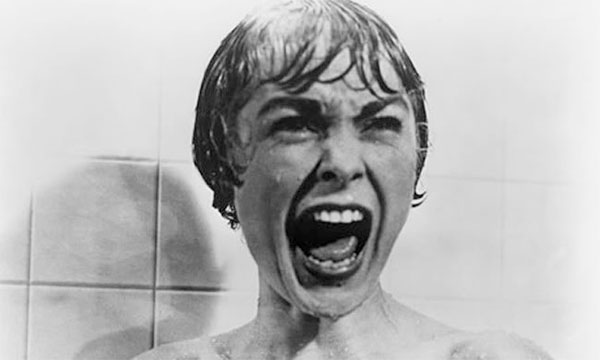
Most people don’t know about Robert Bloch’s novel Psycho given the extreme social and critical acclaim of Hitchcock’s film. He reportedly, after acquiring the rights to the novel, bought up every copy of the novel in hopes of hiding its surprises from his viewers. There are a few notable differences (the description of Norman Bates in the novel does not fit with Anthony Perkins’s character.
In creating his film, and fighting censors and production companies every step of the way, Hitchcock managed to create a film that was more engaging, interesting, and suspenseful than its source material ever could be. With help of his normal prowess with cinematography, an excellent crew, and a great cast, Hitchcock brought the film to life and created a staple of cinematic history. Bloch, unfortunately, cannot claim the same amount of influence with his novel.
4. Children of Men (Cuarón, 2006)
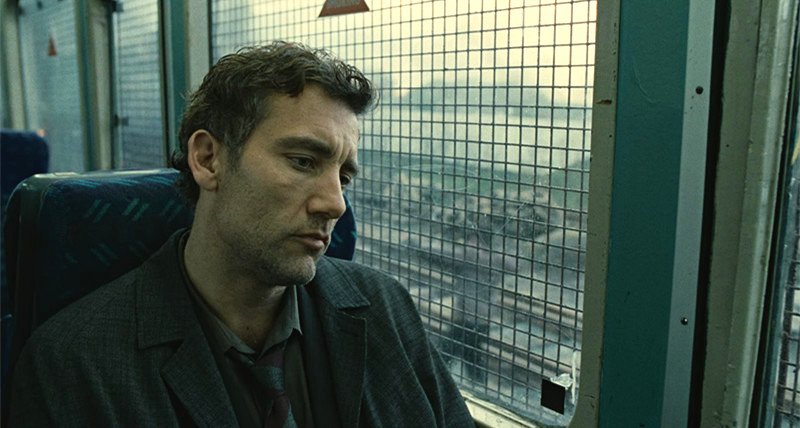
P.D. James’s novel, The Children of Men was an incredibly pointed social critique, filled with reflection on society as a whole and, most interestingly, religion. It is told in both third and first person, the latter of which is written as a diary of the main character, Theo.
There are some very notable changes from the novel, most noticeable being the switch from men being infertile, as in the novel, to women being unable to give birth.
What’s most interesting about the film, though, is how strikingly modern. James’s novel was written in 1992 and is very academic in a way that isn’t necessarily accessible (especially to readers unfamiliar with British politics and society). The film, while adapting the same story and staying faithful to the British setting and society, focused its lens on the violence that ensued from the growing unease and belief that the world was ending and humanity was going extinct.
Given the modern wars being fought in the Middle East at the time of filming, and the many countries who lost soldiers in said wars, the film’s critique of society felt more pointed and accessible, since most could identify with the complete senselessness of death and destruction that was portrayed. In this way, it’s a richer story.
P.D. James also was a fan of the film, saying she was proud to have her name attached to it even with the alterations.
5. Jaws (Spielberg, 1975)

In 1972, Peter Benchley released a novel entitled Jaws, which described a fight against a shark terrorizing a town due to its many attacks. Sound familiar? Interestingly enough, Benchley’s novel received mixed reviews due to lack of character likability and, what one reviewer, John Skow, called: “cliché and crude literary calculation.”
Despite these reviews, producers David Brown and Richard Zanuck heard of Benchley’s novel. Intrigued by it, they bought the rights to the film with the intention of having a seasoned director take the helm. They considered both John Sturges and Dick Richards before Spielberg entered the scene. Once he did, though, the film took a prosperous turn.
The main difference between the novel and the book lies in the depiction of the shark attacks. In the book, the attacks are far more visceral and grotesque, with both the shark and the violence being vividly described. As many know, the film adaptation rarely shows the shark at all. Not only does this heighten the suspense throughout the film to its climax, it also creates a large sense of dread than what the literary counterpart created.
Moreover, the film’s characters were likeable by being accessible to viewers with just enough edge to add a sense of danger to them (mainly Quint). Because of these changes, Jaws has received social and critical acclaim, and is considered one of Spielberg’s finest accomplishments.